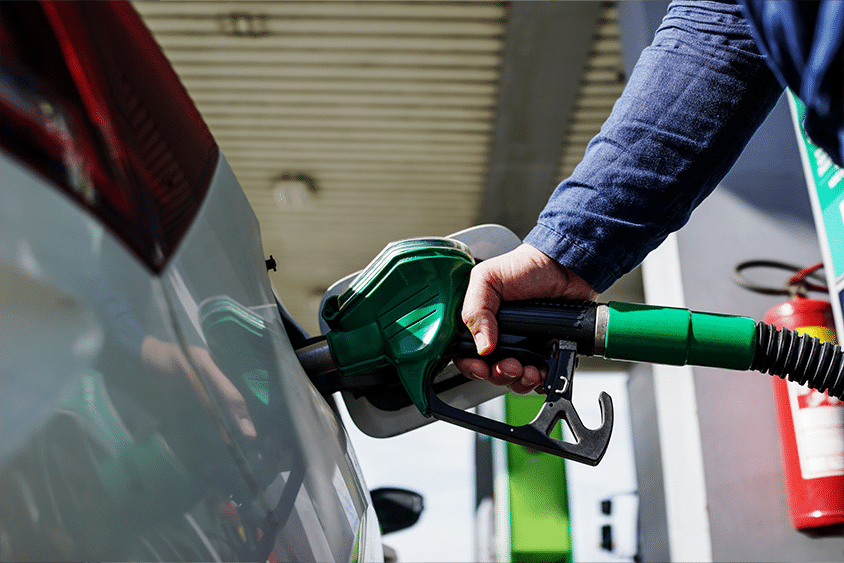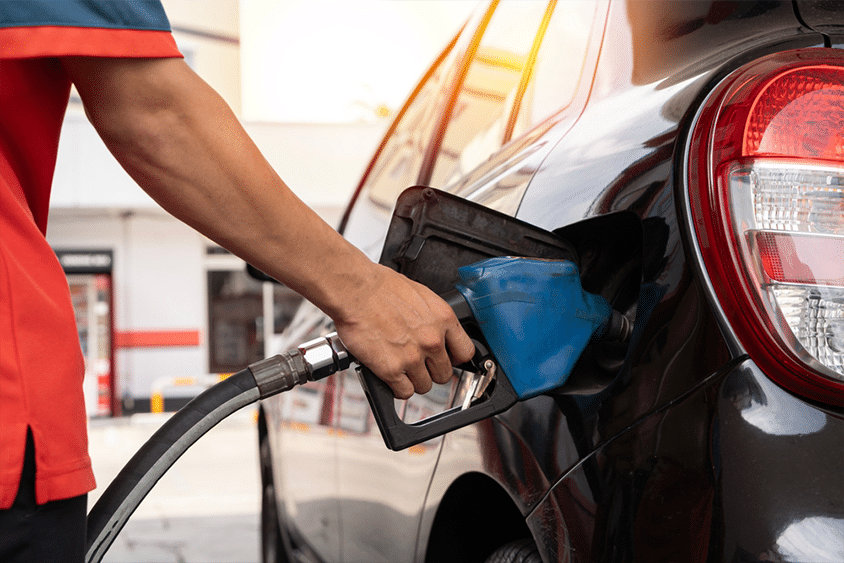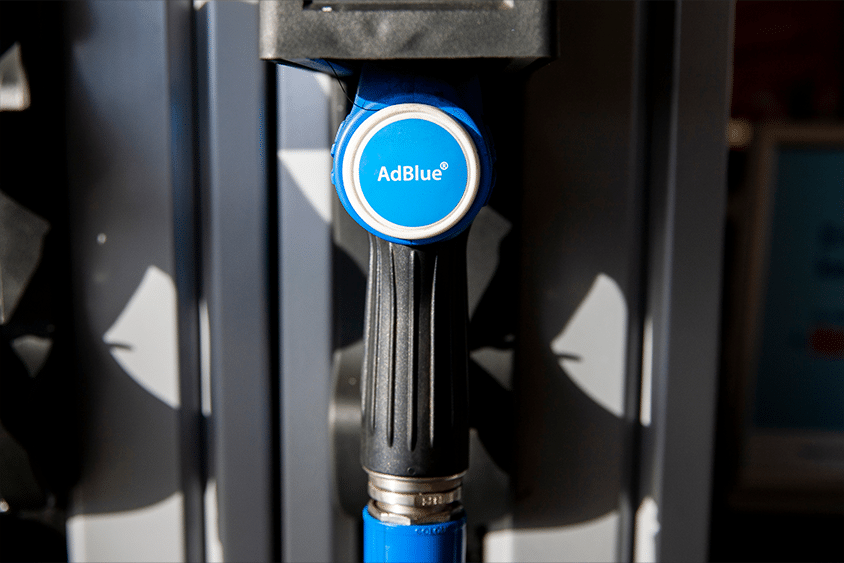Black box insurance, a type of telematics insurance, is an innovative type of fleet insurance that uses a small device installed in each vehicle to monitor and record key driving metrics.
This device, often referred to as a “black box,” captures detailed data about how, when, and where vehicles in your fleet are driven. The collected information is analysed by the insurer to assess driving behaviour, which can influence renewal premiums and help with fleet management tasks such as Accident Alerts and Theft Recovery.
This type of insurance allows fleet managers to track driver performance and vehicle use in real time, encouraging safer and more efficient driving while offering the potential for cost savings. By tailoring insurance premiums based on actual driving data rather than general fleet statistics, black box insurance offers a more personalised, data-driven approach to managing fleet risks.
What is a black box?
When a fleet manager opts for black box insurance, the insurer arranges for the installation of a telematics device in each fleet vehicle. This black box is fitted discreetly and includes a SIM card that enables real-time transmission of driving data to the insurer’s database. The device operates much like a mobile phone, using GPS and motion sensors to continuously gather data as the vehicle is driven.
This data can include metrics such as speed, location, time of day, driving conditions, and driver behaviour such as harsh braking, acceleration, and idling time. Fleet managers can then access this information through an online portal, giving them a comprehensive view of their drivers’ habits and vehicle performance.
The benefits of this system extend beyond simply lowering insurance costs. The data collected can be used to identify areas for improvement in driver behaviour, reduce fuel consumption, prevent wear and tear on vehicles, and even ensure that vehicles are not being misused or driven recklessly.
What does a black box look like in a fleet vehicle?
A black box is a small, discreet device typically about the size of a smartphone. It is usually black or dark-coloured and made of durable plastic.
Where is a black box fitted?
Installed out of sight, often under the dashboard or near the engine, it contains sensors, GPS technology, and accelerometers that monitor and record driving behaviours such as speed, braking, and location.
How long do you have a black box for?
For businesses using black boxes in fleet vehicles, the device is typically kept in place for as long as the vehicle is in operation within the fleet, as it helps with monitoring driver performance and vehicle usage.
How much is a black box?
Costs for installation and ongoing services can vary based on fleet size and specific requirements.
For detailed pricing and installation options, it’s best to consult directly with Fuel Card Services for a free telematics quote.
What does a black box do? Black box components
The black box installed in fleet vehicles includes several crucial elements that work together to provide a detailed overview of driving behaviour:
Black box GPS system
The Global Positioning System tracks the vehicle’s location and logs information such as the time of day, the type of roads being driven on, and how long the vehicle has been in use. This data is essential for understanding driving patterns, especially for long-haul or delivery fleets.
Motion car sensor (accelerometer)
This sensor monitors sudden movements or impacts, such as harsh braking, aggressive acceleration, or collisions. It provides critical data on driving behaviour and accident analysis, helping to improve safety and reduce the risk of accidents.
SIM Card
The SIM card transmits the data collected by the black box to the insurance company’s servers, allowing fleet managers and insurers to access real-time or historical data for analysis. It ensures that the data is updated continuously without manual intervention.
Telematics software
The software analyses the data collected by the black box, converting it into actionable insights that can be used for fleet management. It calculates driving scores, tracks vehicle activity, and flags any unsafe driving behaviours or irregularities.
What data does the black box record?
The black box collects a broad range of data points that are critical for assessing driving behaviour and optimising fleet performance. These include:
Time of day
Records the exact times when each vehicle is in use, helping to identify when vehicles are being driven during potentially high-risk times, such as late at night or during rush hours.
Black box tracking speed
Monitors the speed at which the vehicle is driven, comparing it to speed limits on different road types. Speeding violations can be flagged for further action.
Acceleration and braking with a black box
Tracks how smoothly or aggressively the driver accelerates and brakes. Harsh acceleration and braking can indicate unsafe driving habits, increasing wear on the vehicle and reducing fuel efficiency.
Long journey breaks with black box insurance
Detects whether drivers take adequate breaks during long trips, which is important for both driver safety and regulatory compliance in certain industries (e.g., trucking and logistics).
Motorway and total mileage with a black box
Logs how many miles each vehicle travels overall and specifically on motorways, helping fleet managers track vehicle usage and plan for maintenance.
Number of black box journeys
Keeps track of how often vehicles are used, which can help identify overuse or underuse of specific vehicles in the fleet.
Benefits of black box insurance for fleet businesses
Black box insurance offers several critical benefits to fleet operators, enabling them to optimise their operations, improve safety, and reduce costs. Below are some of the key advantages:
How much does a black box reduce insurance?
Black box insurance helps fleet managers save money in multiple ways. Firstly, by monitoring actual driving behaviour, insurers can offer more personalised renewal quotes, rewarding safer drivers with lower premiums. Instead of basing costs on the general risk profile of a fleet, the insurance premium is tailored to the real-world performance of each driver.
Additionally, safe driving behaviours, such as avoiding harsh braking and maintaining a steady speed, lead to less fuel consumption and reduced wear and tear on vehicles. This further reduces operational costs and extends the lifespan of fleet vehicles.
Enhanced safety with a black box
The black box collects detailed data about driving habits, enabling fleet managers to identify unsafe behaviours such as speeding, tailgating, or sharp cornering. This information can be used to implement driver training programs or other interventions to improve safety across the fleet.
In the event of an accident, the black box sends an alert to the insurer, who may contact the driver or emergency services depending on the severity of the incident. This rapid response system improves driver safety and can even be life-saving in serious accidents.
Theft recovery with a black box
Black box insurance provides an additional layer of security by acting as a tracking device. If a vehicle is stolen, the GPS functionality of the black box allows insurers and fleet managers to track its location in real time. This feature significantly increases the chances of recovering stolen vehicles quickly, minimising downtime and losses.
Efficient claims management with black box insurance
In the event of an accident, the data collected by the black box can be invaluable for processing claims. It provides precise details about what occurred before, during, and after the accident, including the speed of the vehicle, the force of any impact, and whether the driver was adhering to traffic laws. This data helps insurers accurately assess claims, reducing the chances of disputes and ensuring quicker payouts.
Black box compliance
For industries that have strict regulations around driving hours and rest breaks, such as logistics and trucking, black box insurance helps fleet operators ensure compliance. The data collected on driving hours and breaks makes it easier to adhere to legal requirements, reducing the risk of fines or penalties.
How to access black box data
Fleet managers can view a summary of the data collected by the black box through a dedicated online portal. This portal provides detailed insights into driving metrics and overall vehicle performance, including:
- Speed and acceleration patterns
- Number of miles driven
- Driving scores based on safe driving criteria
- Time of day usage
- Breaks taken during long journeys
This data empowers fleet managers to make informed decisions about driver performance, vehicle maintenance, and overall fleet operations.
Black box installation and performance
The black box is installed by a qualified engineer at the fleet’s operating location, such as a depot or place of business. The installation is quick and does not interfere with the vehicle’s performance or any electrical components. Fleet managers are typically required to have the black box fitted within a specified period after purchasing the insurance policy, though the vehicles are insured immediately upon policy activation.
Where can I buy a black box for my car or fleet business?
Getting black box insurance for your fleet is a simple process. You can obtain an instant quote online or through your insurance provider. Once the black box is installed in each vehicle, you can begin benefiting from safer driving, optimised fuel use, theft protection, and more personalised insurance premiums.
By investing in black box insurance, fleet businesses can improve safety standards, reduce costs, and ensure they are making data-driven decisions for their fleet operations.
You can also get in touch with our telematics team at Fuel Card Services to find out if a telematics and fleet management solution could be right for your business.





